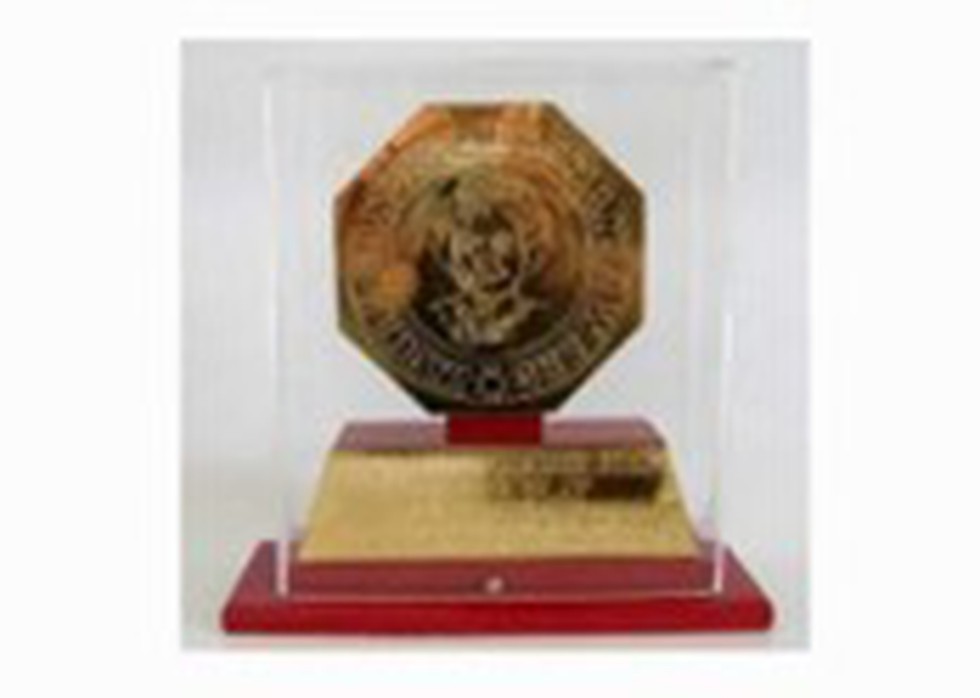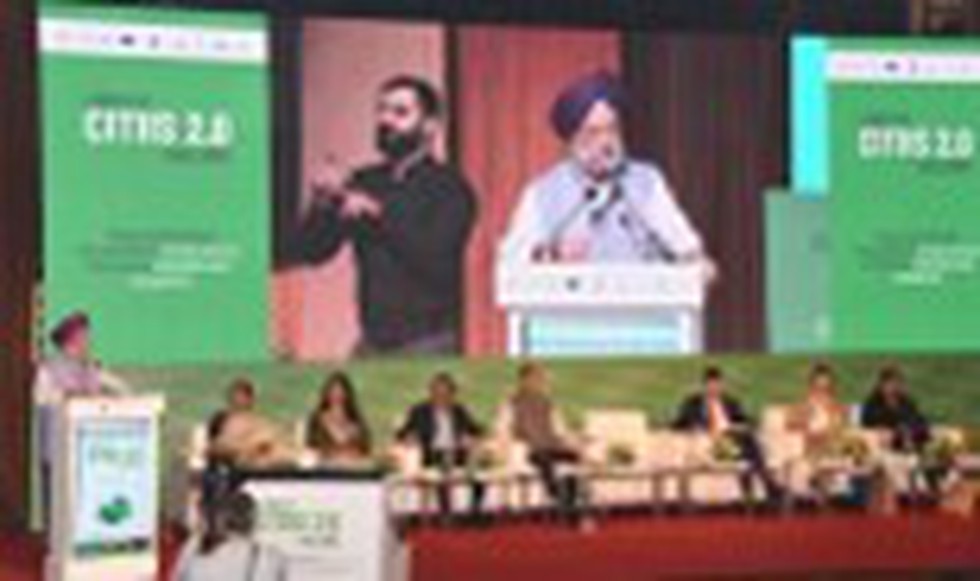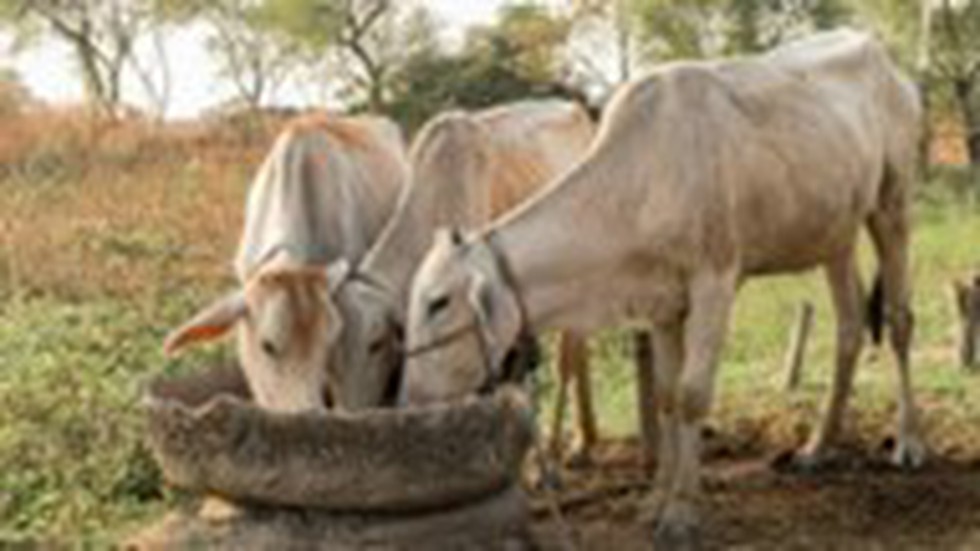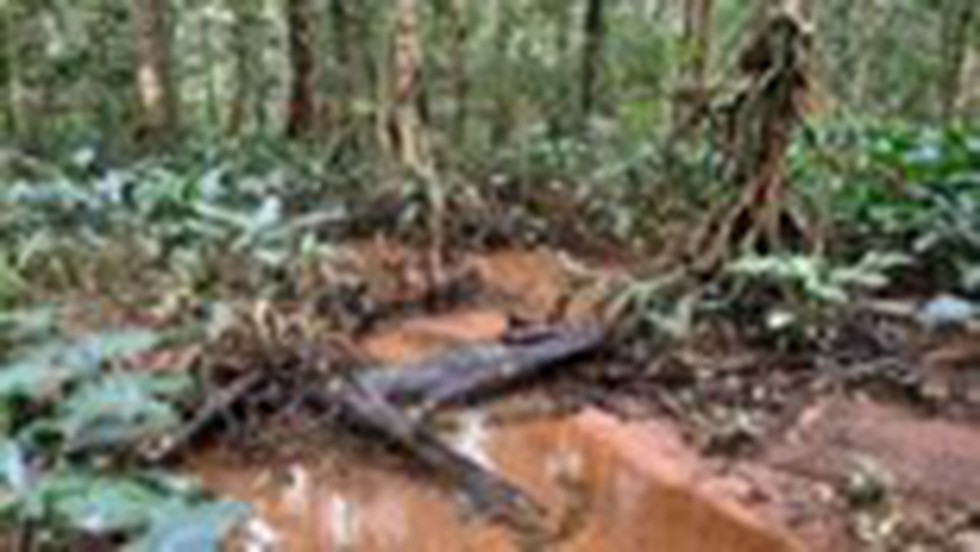
About Fractals:
- A fractal is a never-ending pattern.
- Fractals are infinitely complex patterns that are self-similar across different scales.
- In essence, a fractal is a pattern that repeats forever, and every part of the fractal, regardless of how zoomed in or zoomed out you are, looks very similar to the whole image.
- They are created by repeating a simple process over and over in an ongoing feedback loop.
- Driven by recursion, fractals are images of dynamic systems.
- Fractals are distinct from the simple figures of classical, or Euclidean, geometry—the square, the circle, the sphere, and so forth.
- Fractal patterns are extremely familiar since nature is full of fractals. For instance, trees, rivers, coastlines, mountains, clouds, seashells, hurricanes, etc.
- They are capable of describing many irregularly shaped objects or spatially nonuniform phenomena in nature, such as coastlines and mountain ranges.
- Applications: Fractals are useful in modelling structures (such as eroded coastlines or snowflakes) in which similar patterns recur at progressively smaller scales, and in describing partly random or chaotic phenomena such as crystal growth, fluid turbulence, and galaxy formation.

About Sophisticated Analytical & Technical Help Institutes (SATHI):
- It is an initiative by the Department of Science and Technology to boost access to research and testing facilities and address problems of accessibility, maintenance, redundancy, and duplication of expensive equipment in Institutions.
- It aims to set up a shared, professionally managed Science and Technology (S&T) infrastructure facility which can be readily accessible to academia, start-ups, manufacturing units, industries, and R&D labs.
- Such S&T infrastructure will be known as the Sophisticated Analytical & Technical Help Institute (SATHI).
- These Centres will be equipped with major analytical instruments and advanced manufacturing facilities which are usually not available at Institutes / Organisations.
- It would encourage and ensure the establishment of a National Network of Laboratories and testing facilities tightly linked to global standards.
- SATHI facilities will be used for 80% of their available time by external users, e. outside of the host institutes and the remaining 20% of their available time by internal users of the host institute.
- The usage of the facility will be guided by the basic principle of maximum and effective utilization and accessibility for all.
- The facilities provided by the SATHI may be utilized by any user or organization upon payment of nominal charges.
- Funding:
- Proposals from well-established, internationally competitive S&T host institutes / R&D Centres / Organizations irrespective of their status as Government / NonGovernment, from State/ Central Universities, are invited through networking and a cluster approach.
- The upper limit of funding support from DST would be Rs 60.0 crore for 4 years for acquiring only state-of-the-art national facilities.
- A not-for-profit Section-8 company as well as a Governing Body (GB) formation are compulsory in consortium mode with the support of the granting agency.
- Duration: The duration of support for the SATHI Project will be for a period not exceeding 4 years.

About Pradhan Mantri Mudra Yojana (PMMY):
- It is a flagship scheme of the Government of India to extend affordable credit to micro and small enterprises.
- Mudra schemes are designed to bring enterprises into the formal financial system or to “fund the unfunded”.
- It enables a small borrower to borrow from all Public Sector Banks such as PSU Banks, Regional Rural Banks and Cooperative Banks, Private Sector Banks, Foreign Banks, Micro Finance Institutions (MFI), and Non Banking Finance Companies (NBFC) for loans upto Rs 10 lakhs for non-farm income-generating activities.
- Eligibility: Any Indian citizen who has a business plan for a non-farm sector income-generating activity such as manufacturing, processing, trading, or the service sector and whose credit need is less than Rs 10 lakh can approach either a bank, MFI, or NBFC for availing of Micro Units Development & Refinance Agency Ltd. (MUDRA) loans under PMMY.
- Types of loans provided: Under the aegis of PMMY, MUDRA has already created the following products
- Shishu: covering loans up to 50,000/-
- Kishor: covering loans above 50,000/- and up to 5 lakh
- Tarun: covering loans above 5 lakh and up to 10 lakh
- There is no subsidy for the loan given under PMMY. However, if the loan proposal is linked to some Government scheme wherein the Government is providing capital subsidies, it will also be eligible under PMMY.

About Scattered Spiders:
- It is a hacking group notorious for invading various organisations across the world.
- This hacker group is known by other aliases as well, including Starfraud, UNC3944, Scatter Swine, and Muddled Libra.
- The members are as young as 16 years old and primary English speakers.
- They break into the IT environments of victims, exfiltrate as much valuable data as possible, and then demand payment to keep a lid on that information and not leak or sell it.
- Modus operandi:
- They use fake profiles and impersonations to trick a victim organisation's help desk into giving them access.
- After gaining access to an organisation's systems, hackers keep an eye on internal communication channels.
- They also keep a tab on emails or conversations that might show if their breach has been discovered.
- The criminals “frequently join incident remediation and response calls and teleconferences, likely to identify how security teams are hunting them and proactively develop new avenues of intrusion in response to victim defenses.
- How to stay safe?
- Maintain offline backups of data.
- Require all accounts to have password logins.
- Use longer passwords consisting of at least eight characters and no more than 64 characters in length.
- Require phishing-resistant multifactor authentication (MFA).
- Keep all operating systems, software, and firmware up to date.
- Disable hyperlinks in emails.
- Keep all data encrypted.

About Greenwashing:
- What is it? It is the process of conveying a false impression or misleading information about how a company’s products are environmentally sound.
- Greenwashing involves making an unsubstantiated claim to deceive consumers into believing that a company’s products are environmentally friendly or have a greater positive environmental impact than they actually do.
- In addition, greenwashing may occur when a company attempts to emphasize sustainable aspects of a product to overshadow its involvement in environmentally damaging practices.
- Companies can also greenwash initiatives with vague claims that don't provide real data or scientific validation for the claims.
- For example, a car vendor claims that a vehicle is eco-friendly because it is more fuel-efficient while failing to mention or consider the larger industrial impact of vehicle manufacturing on the environment.
Key Facts about the Advertising Standards Council of India (ASCI):
- It is a voluntary self-regulatory organisation of the advertising industry in India.
- Established in 1985, ASCI is registered as a non-profit company under Section 25 of the Company Act.
- It comprises members from marketing, creative, media, and allied companies in India.
- It is committed to the cause of self-regulation in advertising, ensuring the protection of the interests of consumers.
- ASCI seeks to ensure that advertisements conform to its Code for Self-Regulation, which requires advertisements to be legal, decent, honest, truthful, and not hazardous or harmful while observing fairness in competition.
- It looks into complaints across all media, such as Print, TV, Radio, hoardings, SMS, Emailers, Internet/website, product packaging, brochures, promotional material, and point-of-sale material, etc.
- It is a part of the Executive Committee of the International Council on Ad Self-Regulation (ICAS).

About Indira Gandhi Peace Prize:
- The Indira Gandhi Prize for Peace, Disarmament, and Development was instituted in the memory of the former prime minister by a trust in her name in 1986.
- It consists of a monetary award of 25 lakh rupees along with a citation.
- The award is given to individuals or organisations that work towards ensuring international peace and development, ensuring that scientific discoveries are used to further the scope of freedom and better humanity, and creating a new international economic order.
- Past recipients of this award include:
- Mikhail Gorbachev, former leader of the Soviet Union (1987);
- UNICEF (1989)
- Jimmy Carter, former president of the US (1997)
- UN and its secretary-general Kofi Annan (2003)
- Angela Merkel, chancellor of Germany (2013)
- Indian Space Research Organisation (2014)
- Former Prime Minister of India, Manmohan Singh (2017)
- Sir David Attenborough (2019)
- Pratham NGO (2021)

About
- It is a program conceived by the Ministry of Housing and Urban Affairs (MoHUA) in partnership with the French Development Agency (AFD), Kreditanstalt für Wiederaufbau (KfW), the European Union (EU), and National Institute of Urban Affairs (NIUA).
- Objective: The program envisages supporting competitively selected projects promoting a circular economy with a focus on integrated waste management at the city level, climate-oriented reform actions at the State level, and institutional strengthening and knowledge dissemination at the National level.
- Funding: The funding for this program would include a loan from AFD and KfW and a technical assistance grant of Rs.106 cr from the EU.
- The program will run for four years, i.e., from 2023 to 2027.
- It aims to:
- Drive investments into urban climate action through competitively selected projects promoting a circular economy with a focus on integrated waste management.
- Foster climate-sensitive planning and action in states and cities through evidence-driven approaches.
- Build institutional mechanisms, leverage partnerships, and anchor capacity building for all urban local bodies in India.
- Components:
- Component 1: Financial and technical support for developing projects focused on building climate resilience, adaptation, and mitigation in up to 18 smart cities through a selection of competitively selected projects promoting a circular economy with a focus on integrated waste management.
- Component 2: All States and UTs will be eligible for support on-demand basis.
- Component 3: Interventions at all three levels; Centre, State and City to further climate governance in urban India through institutional strengthening, knowledge dissemination, partnerships, building capacity, research and development to support scale-up across all States and Cities.

About Freemartins:
- In animal husbandry, cattle that are born exhibiting characteristics of both sexes are called freemartins.
- Freemartins are sterile female cattle that result from the twinning of a male and a female within the same uterus.
- This phenomenon occurs in approximately 90% of such twin pregnancies in cattle.
- The key reason is the exchange of blood between the male and female foetuses during gestation.
- Genetically, freemartinism is attributed to the sharing of cells carrying the Y chromosome from the male twin with the female twin.
- This chromosome triggers the development of male reproductive organs in the male foetus, while the female foetus, affected by the presence of male hormones, experiences incomplete development of its reproductive system.
- The end result is that the freemartin has an underdeveloped or non-functional reproductive tract.
- Freemartins can’t reproduce, so farmers often identify them through physical and/or behavioural traits to cull them from the breeding herd to improve reproductive efficiency.
Key facts about chromosome
- It is a thread-like structure located inside the nucleus of animal and plant cells.
- Each chromosome is made of protein and a single molecule of deoxyribonucleic acid (DNA).
- It is passed from parents to offspring.
- DNA contains the specific instructions that make each type of living creature unique.
- In humans, in addition to the 22 pairs of chromosomes in each, we have a pair of sex chromosomes called X and Y.
- All biological males have X and Y chromosomes, and all biological females have two X chromosomes.

About Myristica swamps:
- These are called live fossils, a biodiversity hotspot dominated by evergreen trees belonging to the Myristicaceae family, one of the oldest flowering plants on earth.
- These are freshwater swamps.
- These forests are characterised by trees with large, protruding roots jutting out of waterlogged soil, which remains inundated throughout the year.
- They have evolved over millions of years and are comprised of old-growth trees.
- Geographical distribution: In India, these unique habitats occur in the Western Ghats and a smaller distribution exists in the Andaman and Nicobar Islands.
- Climatic conditions: The formation of these swamps is dependent on abiotic conditions like the shape of the valley between the forested hills, the amount of rainfall a place receives (with an average of 3000 mm), and water availability throughout the year.
- Typically, Myristica swamps are seen next to rivers and help in retaining water and act as a sponge, ensuring perennial water availability.
- These swamps are home to many vertebrate and invertebrate faunal species. This is due to stable macroecological conditions like high humidity, moderate temperature, and macrohabitat availability.

About Onattukara Sesame:
- It is cultivated in the state of Kerala.
- Onattukara Ellu and its oil are famous for their unique health benefits.
- The relatively higher antioxidant content in Onattukara Ellu helps fight free radicals, which destroy body cells.
- Its high content of unsaturated fat makes it beneficial for heart patients.
- This sesame grown in the region contains high levels of Vitamin E and antioxidants.
- It also contains oleic acid, linoleic acid, palmitoleic acid, and so on, which help maintain good health.
Key facts about Geographical Indication (GI) tag
- It is a sign used on products that have a specific geographical origin and possess qualities or a reputation that are due to that origin.
- This is typically used for agricultural products, foodstuffs, wine and spirit drinks, handicrafts and industrial products.
- The Geographical Indications of Goods (Registration and Protection) Act, 1999, seeks to provide for the registration and better protection of geographical indications relating to goods in India.
- This GI tag is valid for 10 years following which it can be renewed.


























































































































































.png)
.png)
.png)
.png)
.png)


.png)
.png)
.png)





.png)
.png)






.png)
.png)
.png)
.png)
.png)
.png)
.png)
.png)
.png)

.png)







.png)
.png)


.png)
.png)
.png)


.png)

.png)
.png)





.jpg)

.png)
.png)


.png)

.png)
.png)
.png)

.jpg)

.jpg)


.png)

.png)
.png)
.png)
.png)
.png)
.png)
.png)
.png)
.png)
.png)




.png)

.png)





.png)
.png)
.png)
.png)
.png)
.png)
.png)
.png)
.png)
.png)
.jpg)
.jpg)

.png)
.png)
.png)
.png)
.png)
.png)
.png)
.png)
.png)
.png)
.png)
.png)
.png)
.png)
.png)
.png)
.png)
.png)
.png)
.png)
.png)
.png)



.png)
.png)

.jpg)
.jpg)


.jpg)
.jpg)
.jpg)
.jpg)
.jpg)

.jpg)








.jpg)
.jpg)
.jpg)
.jpg)
.jpg)

















.jpg)
.jpg)







.jpg)


















.jpg)
.jpg)






























































































.jpg)
.jpg)


























.jpg)

.jpg)










.jpg)








.jpg)




.jpg)










.jpg)


















.jpg)












































.jpg)














.jpg)
.jpg)
.jpg)





.jpg)

.jpg)
.jpg)





































































.jpg)


































.jpg)
.jpg)
















































.jpg)












.jpg)


.jpg)




.jpg)
.jpg)
.jpg)

.jpg)
.jpg)
.jpg)
.jpg)

.jpg)
.jpg)
.jpg)

.jpg)
.jpg)
.jpg)
.jpg)
.jpg)
.jpg)
.jpg)
.jpg)

.jpg)


.jpg)
.jpg)
.jpg)
.jpg)
.jpg)
.jpg)
.jpg)
.jpg)
.jpg)
.jpg)











.jpg)
.jpg)





.jpg)
.jpg)
.jpg)
























.jpg)
























.jpg)









.jpg)
.jpg)







.jpg)
.jpg)









































.jpg)
.jpg)
.jpg)
.jpg)
.jpg)

.jpg)
.jpg)
.jpg)
.jpg)
.jpg)


.jpg)
.jpg)
.jpg)
.jpg)
.jpg)

.jpg)
.jpg)
.jpg)
.jpg)
.jpg)
.jpg)
.jpg)
.jpg)
.jpg)
.jpg)
.png)

.png)
.png)

.png)
.png)
.png)
.png)


.jpg)
.jpg)

.jpg)
.jpg)
.jpg)

.png)
.png)
.png)
.png)
.png)
.png)
.png)

.png)
.png)
.png)
.png)
.png)
.png)
.png)
.png)
.png)
.png)





































































-min.png)



.png)




.png)








































